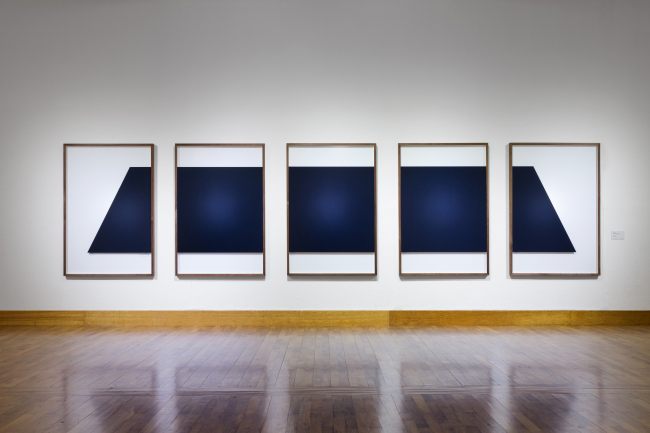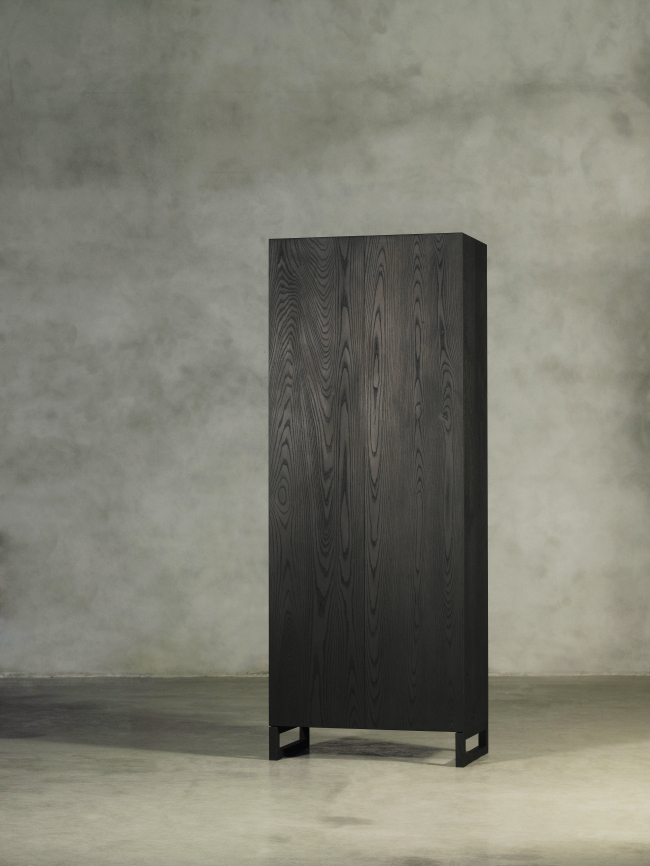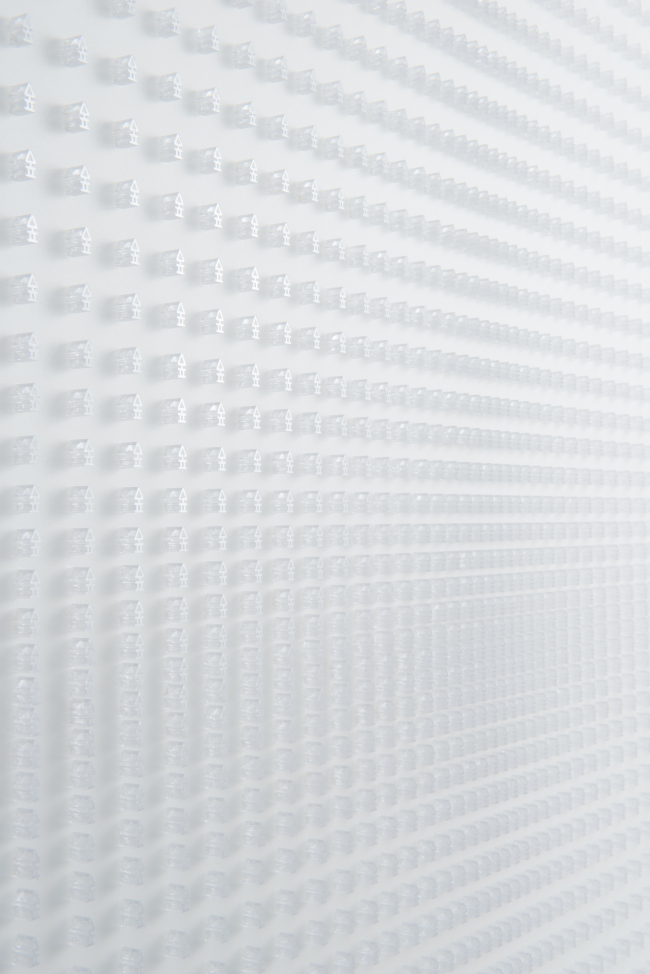Interpretations of minimalism by 11 Korean artists went on show at the Seoul National University Museum of Art on Monday.
The works on display at “Minimal Variation” depict forms of beauty that are aesthetically simple and austere.
However, the works of the participating contemporary Korean artists often run counter to the principles espoused by minimalism in the past: The artists have arrived at their own interpretations of minimalism.
 |
Oh Wan-seok’s “Underpainting” (MoA) |
Minimalism, popular in the 1960s and 1970s, is largely characterized by its emphasis on objects themselves, focusing on the essence of the objects. Viewers were to respond only to the objects in front of them, neglecting the context. Therefore, artists of minimalism typically showed no trace of their intuitive decision making or emotions.
The works at the MoA break away from the conventional definition.
Pyoun Dae-sik’s 45-meter-wide painting “Moment” looks minimalistic: The seamless dark plane drawn on a backdrop of white mulberry paper is reminiscent of Frank Stella’s “Black Painting” series.
 |
Pyoun Dae-sik’s “Moment” (Shim Woo-hyun/The Korea Herald) |
However, upon a closer look, the difference is inescapable. Pyoun’s “Moment” does not hide the artist’s presence behind the drawing. On closer examination, one can discern traces of the artist’s pencil movements in different directions over the period of a year. The drawing has certain ritual or spiritual qualities, which run against the idea that minimalist art attempts to leave no trace of emotions or intuitive decision making by the individual.
 |
Furniture maker Lee Jeong-sup's "Storage 2" (MoA) |
 |
Artist Lee Jeong-sup‘s installation work ”Tab,“ located in front of the Seoul National University Museum of Art (MoA) |
Lee Jeong-sup’s furniture works can be seen in a similar vein. The furniture is esthetically minimal, with the intricately assembled wooden pieces looking seamless. The physicality of the objects is emphasized through the use of cracks and knots in the wood. Looking like minimalist sculptures, the materials are highlighted.
However, Lee’s works also cannot be fully classified in terms of minimalism because furniture consists of objects with inherent functions.
Unlike minimalist artworks that are often self-referential, works on show at “Minimal Variation” make gestures beyond themselves, unlike minimalist artworks that are often self-referential -- like Stella said, “What you see is what you see.”
Oh Wan-seok’s “Underpainting” directly challenges Stella’s notion. Oh’s series “Underpainting” comprises a set of drawings done on separate glass sheets. On the surface of the glass sheets are the same colors and simple geometric shapes. They look glossy on the surface, but there are layers of paintings on the other side of the sheets -- there is more than what you see.
 |
Artist Jang Jun-seok's "Transparent Forest" |
Meanwhile, “White Home Wall” by Choi Go-eun directs viewers beyond what is presented. The work is a set of white panels taken from used electronics goods, hanging from the ceiling. Neatly arranged, similar-sized panels of discarded air conditioners appear to have adopted the expression of minimalism. Each panel, with its distinctive marks and holes, reveal the physicality of metal.
Choi’s work runs counter to minimalism, however, by embracing a narrative of the outer reality. The matching lengths of the panels are the result of standardized apartment space, where similar sized appliances are installed.
The exhibition runs through Nov. 28.
By Shim Woo-hyun (
ws@heraldcorp.com)












